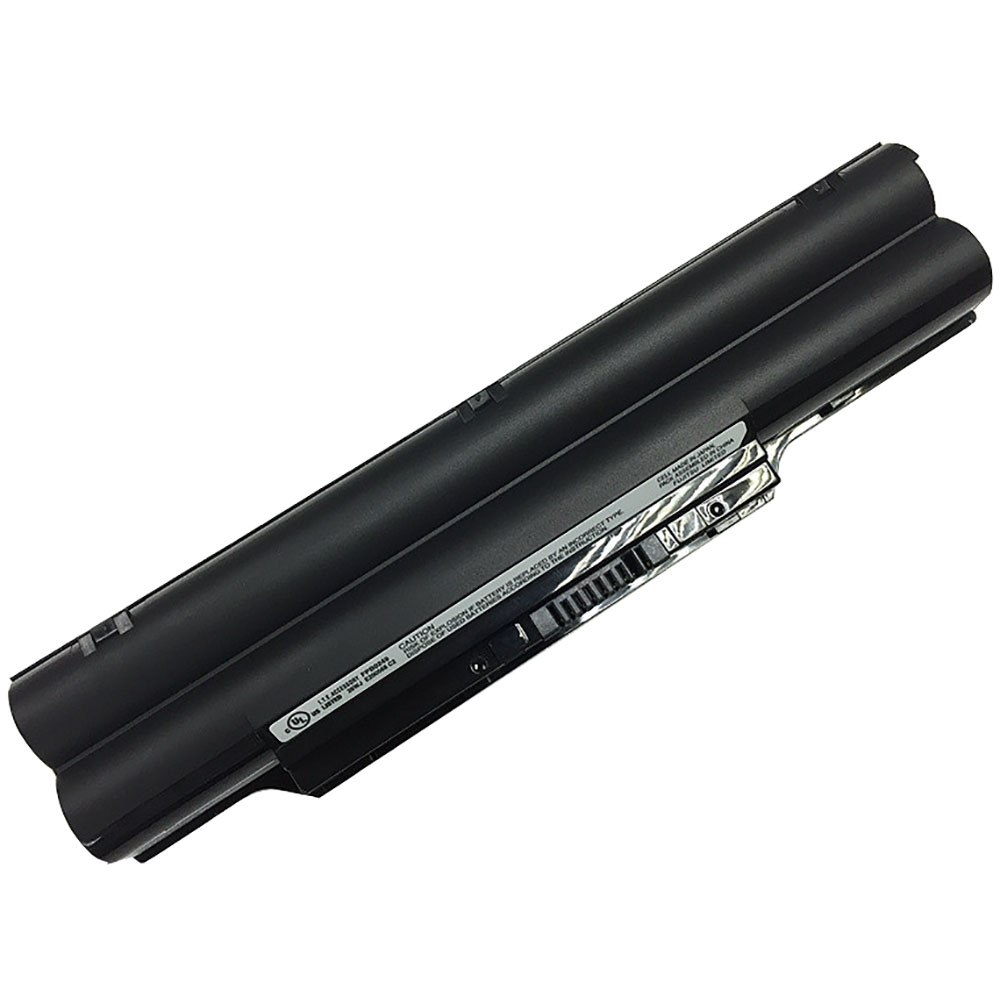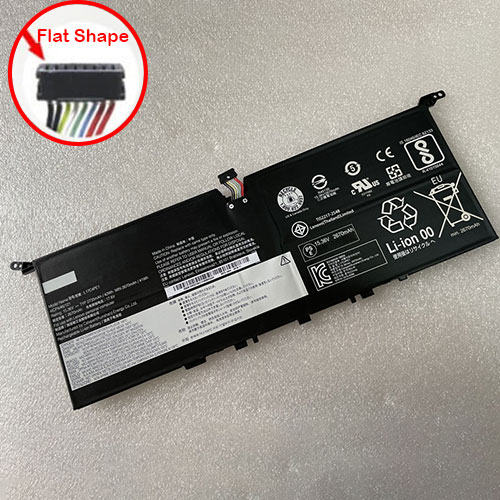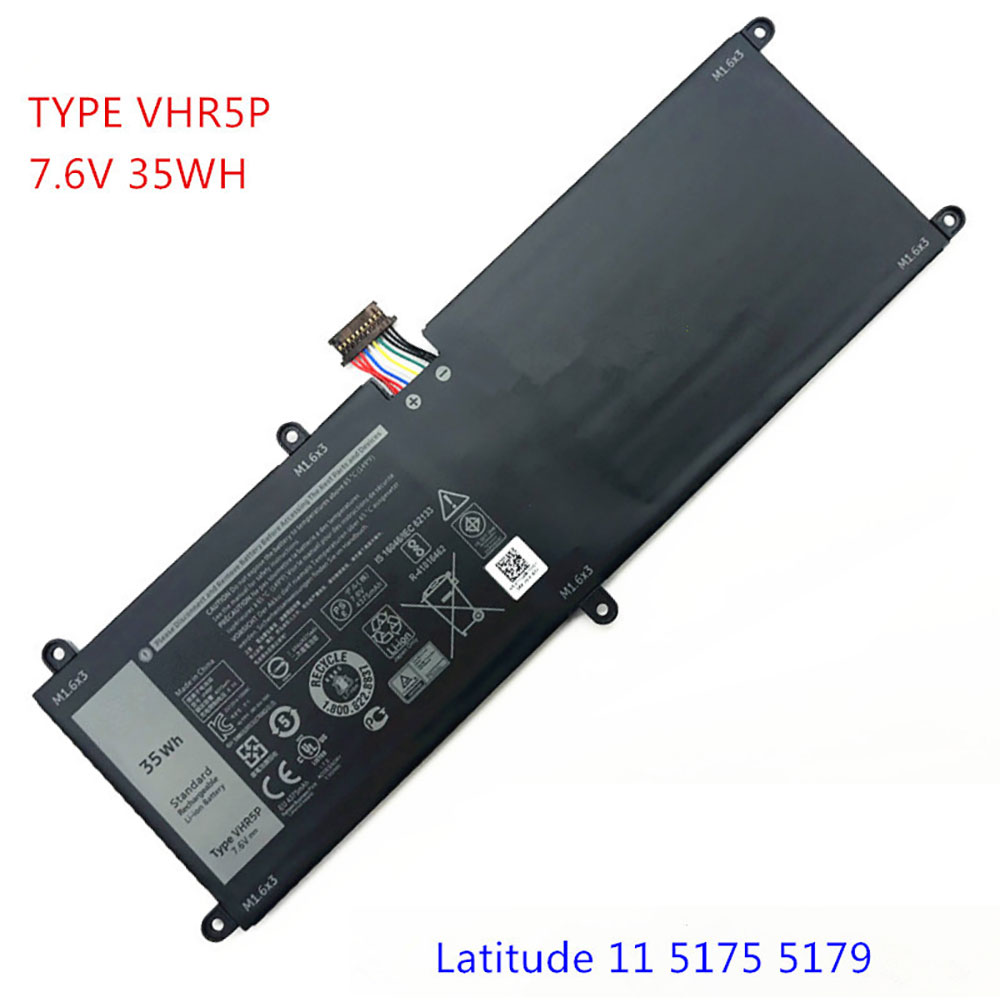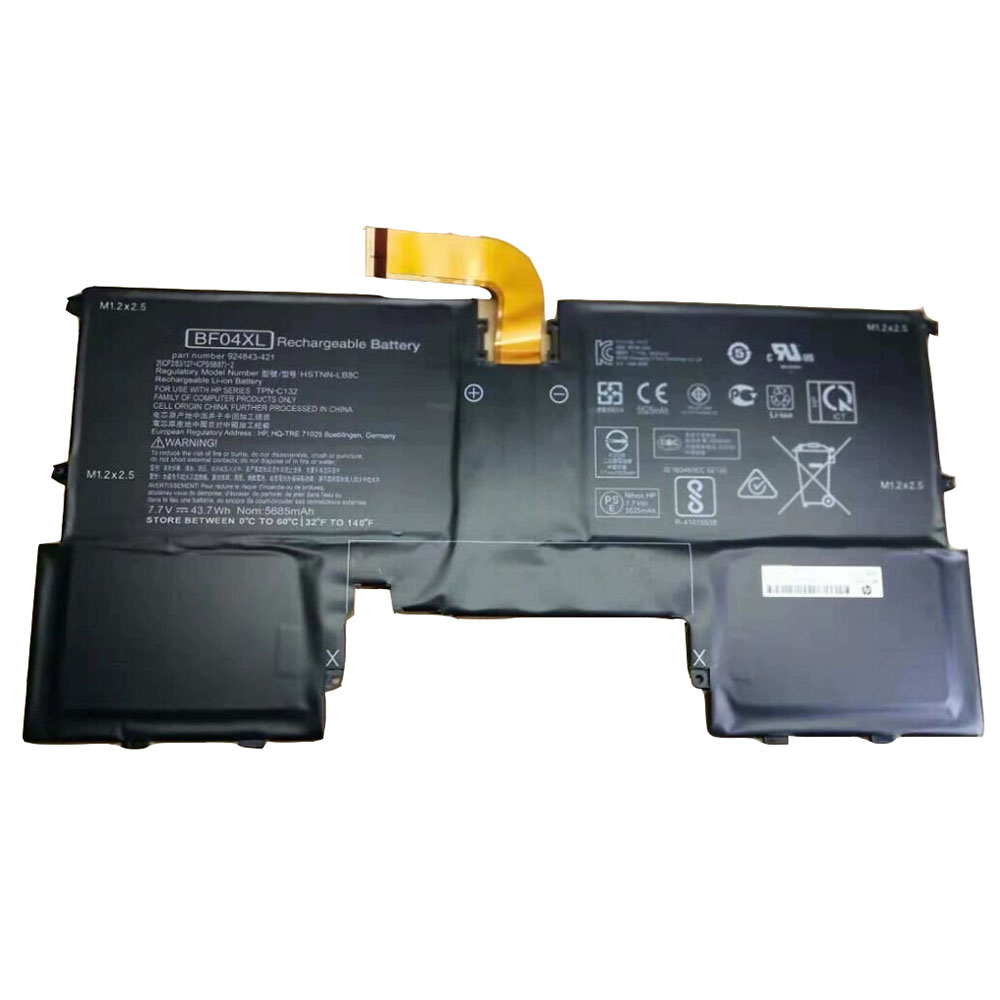While it’s fair to debate whether it was necessary for Lenovo to create another sub-brand catering exclusively to small- and medium-sized businesses, I’m starting to understand the decision. The firm’s thinnest and lightest business-class laptops, in the ThinkPad X1 series, are desirable but far too expensive for most. And so ThinkBook can fill that hole, delivering the best of ThinkPad but without some of the luxuries that put the X1 series, in particular, out of reach.
Lenovo currently sells two ThinkBook models, the 13.3-inch ThinkBook 13s that I’m reviewing, and the 14-inch ThinkBook 14s. Both are lightweight, modern-looking, and affordable, and both offer many of the key features that make ThinkPad so popular. Let’s take a look.
Design
The ThinkBook 13s comes clad in a Mineral Gray aluminum and magnesium chassis, rather than the black carbon fiber/magnesium treatment we typically see with the X1 series. The result is both attractive and professional-looking, and I strongly prefer its dark gray color to the plain gray of many business-class laptops.
There are some nice touches, too. I particularly like the Lenovo branding on the back of the display lid and on the keyboard deck; this is a hallmark of recent Lenovo laptops. And the black display surround, reminiscent of the MacBook Pro series, helps the panel float in space a bit and make me forget its 16:9 aspect ratio. The zinc-alloy hinges deliver rock-solid reliability and are allegedly rated to 25,000 open-and-close cycles.
Speaking of durability, here’s no talk of military-grade certification tests for ThinkBook, as we get with ThinkPad X1 Carbon and Yoga. Instead, Lenovo notes that the ThinkBook offers protection against spills, extreme temperatures, and vibrations. In use, this laptop exudes a premium build quality that seems both reliable and scratch/dent resistant.
Display
The ThinkBook 13s ships with a serviceable 13.3-inch Full HD (1920 x 1080) IPS display with an anti-glare coating and Dolby Vision HDR. It has small 5.3 mm bezels on the left and right, but larger bezels on the top, where the webcam is located, and on the bottom, which is just a large, one-inch tall matte black area. The display is reasonably bright at 300 nits, but you won’t get much use out of it outside on a very sunny day.
I’m no fan of 16:9 display panels, but I recognize the realities of the business and that this is the display type you’re going to see in the ThinkBook’s price range. I can live with it, and I didn’t have any issues in day-to-day use. I like that the display lays flat, as well.
Components
As you should expect of a modern, business-class laptop, the ThinkBook 13s can be had with a variety of 8th-generation Intel Core processors. The review unit shipped with a Core i5-8265U processor and integrated Intel UHD 620 graphics, plus 8 GB of RAM and 256 GB of M.2-based PCIe NVMe solid-state storage. That’s exactly what you’re looking for in such a PC. But if you need more, it can be upgraded to 16 GB of RAM and up to 512 GB of storage, plus to a Core i7 processor.
Performance was generally where I wanted it, with only occasional fan noise and a bit of heat towards the top of the keyboard, which I located as part of a little game I play called “find the processor.” The only issue I had likely won’t impact most users, but when connected to a USB dock, I experienced some weird performance slow-downs and the fan ran basically constantly. (And this was without an external display.) Lenovo provides its own USB-C and Thunderbolt 3 docks, and perhaps they would provide better performance.
The webcam is nothing special, it’s a 720p unit with a fixed focal length. But the speakers are surprisingly good, thanks to the Harman-tweaked Dolby Audio capabilities. The only downside is that you have to manually configure Dolby Audio for movies, music, games, or voice.
Connectivity is as expected: The ThinkBook provides 802.11AC (2 x 2) and Bluetooth 5.2 wireless capabilities but no LTE option.
Ports
The ThinkBook 13s offers a nice selection of modern and legacy ports. There’s a full-sized HDMI 1.4b port (for video-out) and a single USB-C port on the left, plus a headphone jack.
And on the right, you’ll find two full-sized USB-A ports. One of them is always-on for charging a phone or other device.
I have two issues with the port selection. First, that USB-C port doesn’t provide Thunderbolt 3 capabilities, as we see on the more expensive ThinkPads. And second, the ThinkBook utilizes a proprietary Lenovo power connection instead of USB-C for some reason.
Keyboard and touchpad
The ThinkBook 13s is blessed with an excellent scalloped Lenovo keyboard that is reminiscent of those found on recent ThinkPads and IdeaPads. There are a couple of weirdisms—like the combined Enter and I and PgUp and PgDn keys—but Lenovo has finally bowed to all that is right in the world and put the Ctrl key to the left of the Fn key. Even the most recent ThinkPad X1s don’t do that.
The typing experience is very good, but not quite top-of-class. I’m not sure what the key throw is, but suspect it is a bit north of the 1.3 mm sweet spot. Either way, it’s a bit looser than the best portable keyboards I’ve used. Most people will love it.
The keyboard is backlit, but it only supports one level of brightness. And while this isn’t strictly a complaint, the shape of keys while backlit is decidedly V-shaped from certain angles. (Rather than curved like the keys themselves.)
Like recent HP EliteBooks, the ThinkBook also offers Skype hotkeys in the function row for answering and hanging up calls, a nice touch for those who work remotely much of the time.
The glass touchpad is a perfect size, and since it’s a precision touchpad, it works well and supports the full range of Windows 10 gestures. And it does so without needing superfluous extra drivers or utilities.
Unique hardware features
The ThinkBook 13s offers a feature I’d never seen elsewhere: It can continue playing music while the PC is in Standby mode; and if you need to wake it up to fiddle with the music, that takes less than one second. You can also use Cortana to wake up the PC with your voice, though you will need to enable and configure that first. Aiding matters are the ThinkBook’s dual-array, noise-canceling microphones, which should be able to hear you above the din.
Lenovo also didn’t wimp out in the security department. The ThinkBook includes a ThinkShutter webcam lid, which you can use for peace of mind from spying eyes. And the round, backlit power button doubles as a fingerprint reader. Even better, that power button will pass through your fingerprint-based authentication when you turn on or wake up the PC. You don’t have to press it again later at sign-in.
Portability
The ThinkBook 13s weighs just 2.9 pounds and is very portable. I wish the laptop I normally carried was this light.
Battery life is rated at about 11 hours, though I saw a bit under 8 hours in real-world battery life on average. That’s arguably a day’s worth of juice, but the bundled 65-watt power adapter supports fast charging capabilities; you can charge the PC to 80 percent in an hour. That’s decent.
Software
The ThinkBook 13s ships with Windows 10 Home, which actually does make sense since it shaves some money off the price; those that work in managed environments or need the few unique Windows 10 Pro features can of course upgrade at purchase time (for $60) or later.
Lenovo mostly gets it right from a crapware perspective: The 13s ships with just a handful of mostly-useful Lenovo system utilities, including Lenovo Vantage for driver downloads and support. The only downside is that it comes with a 30-day time-limited version of McAfee antivirus. Which you can and should uninstall immediately, as I did.
Pricing and configurations
This is where ThinkBook really shines. The ThinkBook 13s starts at just $630 at Lenovo’s online store. For that price, you get the same processor and storage as the review unit, but just 4 GB of RAM. Configured like the review unit, with 8 GB of RAM, the price is just $713. Configured as I’d prefer—same processor and storage, but with 16 GB of RAM—the cost jumps to a still-acceptable $1050.
Of course, what I’d really prefer is the ThinkBook 14s, with its larger 14-inch display. That laptop runs only a few dollars more than the 13s—the starting price is just $650—and configured like the 13s review unit, you’d pay about $730. (The ThinkBook 14s has a few other advantages over the 13s, including discrete graphics, but I didn’t test that model.)
Recommendations and conclusions
Thanks to its low pricing, modern design, and high-quality components, the ThinkBook 13s is a tremendous value and is highly recommended. This is exactly the type of PC I would buy with my own money, though I would almost certainly choose the larger ThinkBook 14s, as noted. But either way, Lenovo is making the right trade-offs here for those who can’t afford its even more impressive ThinkPad products. With the ThinkBook 13s, the ThinkBook family of products is off to a great start.
At-a-glance
Pros
Low prices
Attractive modern design
Good performance and specs
Decent expandability
Mostly crapware-free
Decent battery life and portability
Cons
16:9 display
No Thunderbolt 3
Entry-level unit has just 4 GB of RAM




